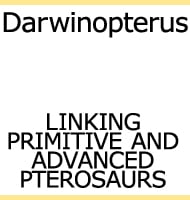In Depth
Nedcolbertia is a genus of theropod dinosaur known to have lived in the Western portion of the United States during the early Cretaceous. Nedcolbertia is known from the partial remains of at least three individuals, though much of these remains were damaged by erosion before their discovery. Still, enough is known about Nedcolbertia to reconstruct it as a small coelurosaur that had an estimated length approaching up to three meters. It is most likely that Nedcolbertia was a predator of smaller animals such as lizards, primitive mammals and perhaps even small juveniles of other dinosaur types.
Nedcolbertia was named after the palaeontologist Edwin Harris Colbert, who is better known to everyone else as ‘Ned’. The type species named was originally going to be ‘whittlei’, however a contest held by Discover Card for children resulted in the winner, Justin Hofmann having his name chosen to create the species name, hence the type species of this dinosaur is now Nedcolbertia justinhoffmanni.
Further Reading
- A small coelurosaurian theropod from the Yellow Cat Member of the Cedar Mountain Formation (Lower Cretaceous, Barremian) of eastern Utah. - Lower and Middle Cretaceous Terrestrial Ecosystems, New Mexico Museum of Natural History and Science Bulletin 14:239-248. - J. I. Kirkland, B. B. Britt, C. H. Whittle, S. K. Madsen & D. L. Burge - 1998. – Redescription of Arundel Clay ornithomimosaur material and a reinterpretation of Nedcolbertia justinhofmanni as an “Ostrich Dinosaur”: biogeographic implications. – PeerJ. 5: e3110. – C. D. Brownstein – 2017.









